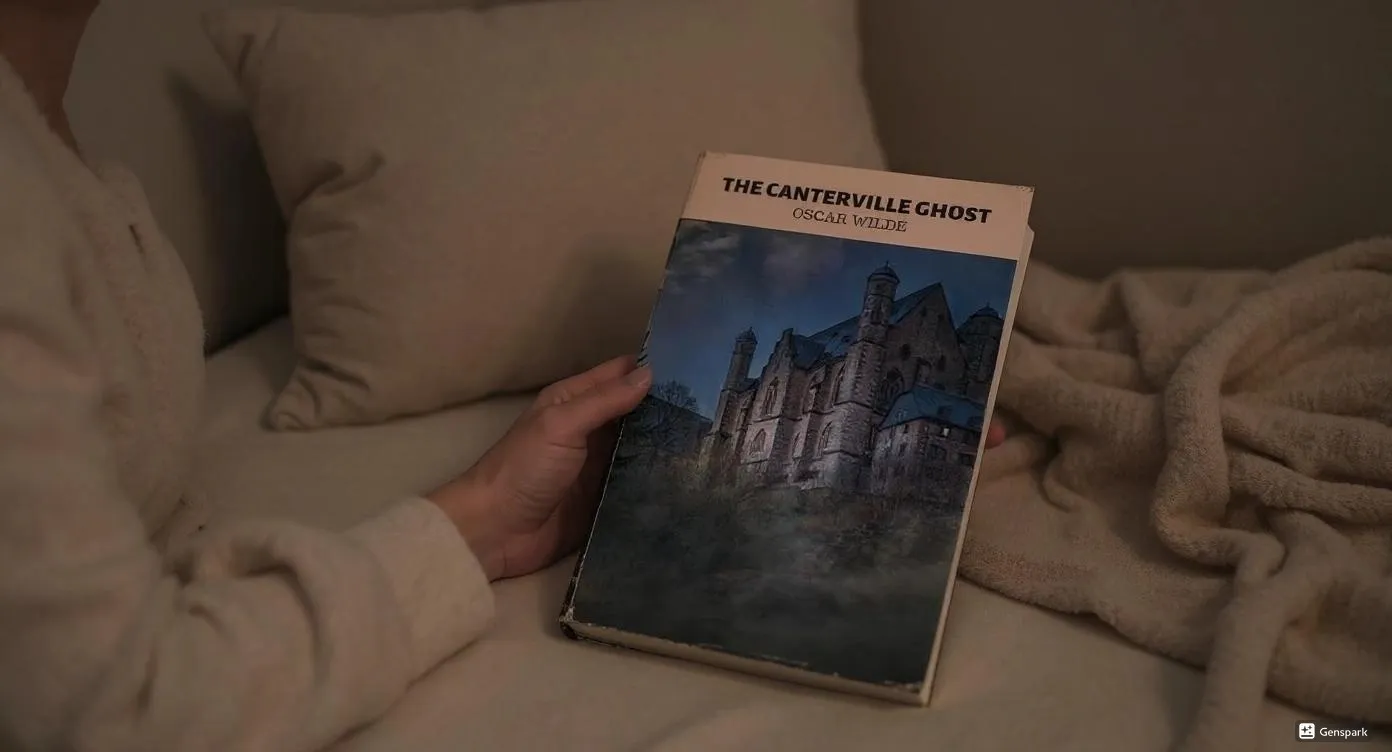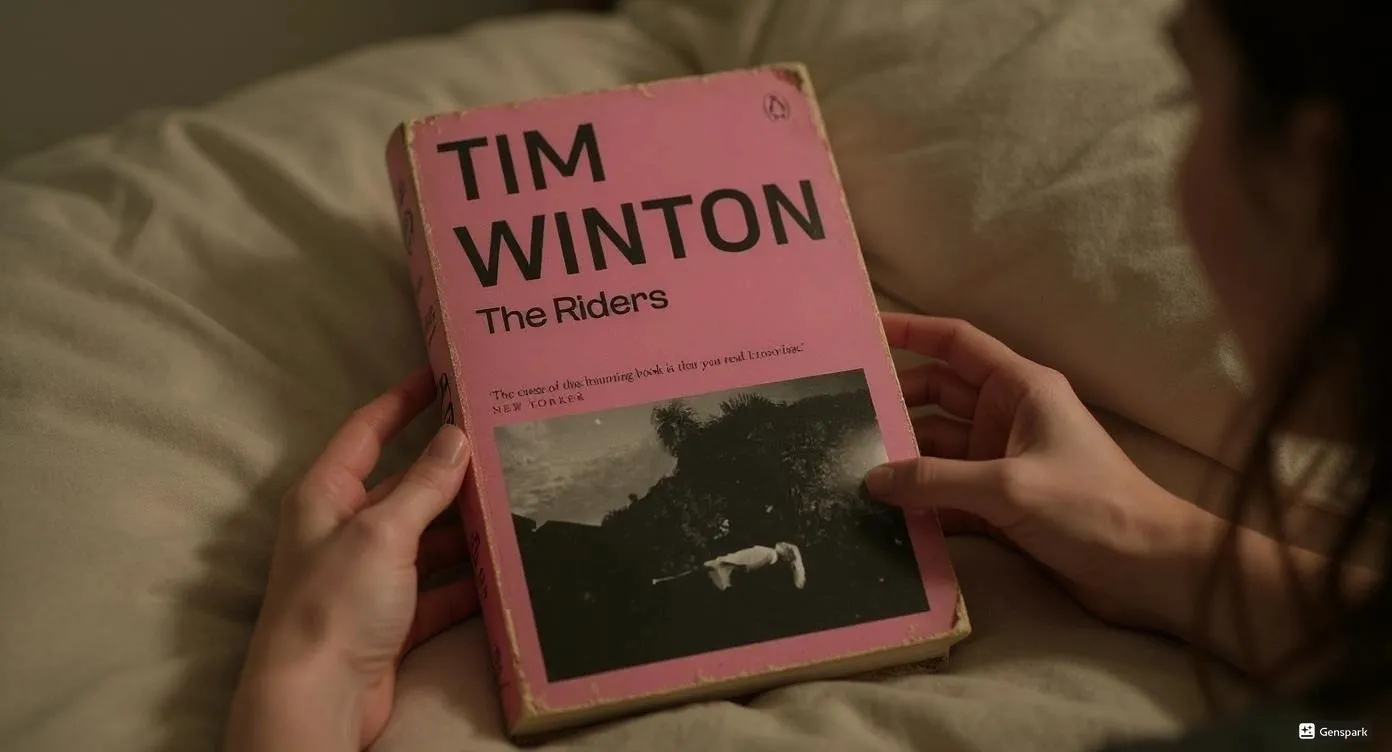I picked up “A Man Called Ove” at 2 AM during one of those sleepless nights when grief felt like a living thing crawling under my skin. This Swedish debut novel about an angry old man has become a word-of-mouth sensation across Europe, and I can see why. The story grabbed me by the throat from page one and didn’t let go until I was sobbing at 4 AM, completely emotionally drained.
Fredrik Backman debuted as a novelist in 2012 with this book, but his background as a journalist shines through in his precise, unflinching prose. I’ve read thousands of books about loss and healing, but none hit me quite like this one. The way Backman weaves humor through heartbreak creates something genuinely special – a book that makes you laugh through tears.
This isn’t just another feel-good story about grumpy neighbors. It’s a brutal examination of how we cope with devastating loss, wrapped in the most unexpected package. After reading over 3,000 books for Dionysus Reviews, I can confidently say this stands apart from typical contemporary fiction. The suicide themes require emotional preparation, but the payoff is worth every difficult moment.
Key Takeaways
The power of human connection can pull us back from the darkest edges of despair, even when we’ve given up hope completely.
Small acts of kindness ripple outward in ways we never expect, creating networks of support that sustain entire communities.
Grief doesn’t follow timelines or rules – it’s messy, unpredictable, and can make us unrecognizable to ourselves and others.
Love persists beyond death through the habits, values, and memories we carry forward, shaping how we interact with the world.
Sometimes the people who seem most difficult are fighting battles we can’t see, and patience can unlock unexpected friendships.
Basic Book Details:
- Publishing Information: August 27, 2012 by Atria Books (English translation)
- Genre: Contemporary Fiction, Literary Fiction
- Plot: A 59-year-old widower’s suicide attempts are interrupted by new neighbors
- Series Information: Standalone novel
- Page Count: 337 pages
- Main Characters:
- Ove Lindahl: A bitter widower planning his death
- Parvaneh: His pregnant Iranian neighbor who changes everything
- Sonja: Ove’s deceased wife whose memory drives the narrative
Book Overview And Cultural Context
Set In Sweden, The Novel Reflects Social Issues With Quiet Depth
Backman grew up in Helsingborg, Scania, Sweden, and his intimate knowledge of Swedish suburban life permeates every page. The novel captures the tension between old-school Swedish values and modern bureaucracy with sharp precision. I found myself researching Swedish housing associations after reading this – Backman’s portrayal of neighborhood politics feels authentically frustrating.
The cultural specificity doesn’t create barriers for American readers. Instead, it adds texture that makes the story feel lived-in rather than generic. Ove’s obsession with proper car brands and his disdain for rule-breaking neighbors reflects broader cultural anxieties about tradition versus change.
The Translation Preserves Tone, Making It Globally Accessible
Henning Koch’s translation deserves serious recognition. Reading this felt like experiencing the original Swedish, not a watered-down English version. The humor translates perfectly – I caught myself chuckling at Ove’s internal monologues about his neighbors’ incompetence.
Backman’s books have been published in more than twenty-five languages, and this translation quality explains the global success. The voice remains distinctly Swedish while feeling natural to English-speaking readers.
Character Development And Psychological Depth
Ove Evolves From Loner To Beloved Neighbor Through Grief And Healing
Ove’s transformation happens gradually, almost imperceptibly. Backman doesn’t force dramatic personality shifts. Instead, he peels back layers to reveal the caring man hidden beneath decades of pain and disappointment.
The suicide attempts aren’t melodramatic plot devices – they’re realistic expressions of profound grief. I appreciated how Backman handled this sensitive topic without sensationalizing or minimizing the real struggle. Each failed attempt reveals more about Ove’s character and his slowly rekindling connection to life.
Side Characters Bring Contrast, Warmth, And Narrative Momentum
Parvaneh, the pregnant Iranian neighbor, serves as more than just the catalyst for Ove’s change. She’s fully realized with her own struggles, cultural adjustments, and fierce determination. Her interactions with Ove feel authentic rather than convenient.
The supporting cast – from the teenage neighbor Jimmy to the local bureaucrats – each serves specific narrative purposes without feeling like chess pieces. Even minor characters have distinct voices and motivations that add depth to the suburban world.
Plot Structure And Narrative Techniques
Flashbacks Enrich Ove’s Past While Anchoring Emotional Beats
The dual timeline structure works brilliantly here. Present-day scenes of Ove’s suicide attempts alternate with flashbacks revealing his love story with Sonja. This structure creates emotional rhythm – just when present-day events become too heavy, we get glimpses of happier times.
I particularly loved how flashbacks explain Ove’s seemingly irrational behaviors. His obsession with specific car brands makes perfect sense once you understand his history. These reveals feel earned rather than manipulative.
Suicide Themes Are Handled With Care And Empathetic Nuance
Backman walks a careful line discussing suicide without romanticizing or oversimplifying it. Ove’s reasons feel genuine – the loss of purpose after retirement, overwhelming grief, physical decline. The portrayal avoids both glorification and dismissal.
The repeated failed attempts could have felt repetitive, but each reveals different aspects of Ove’s internal struggle. His gradual return to engagement with life feels realistic rather than magically cured.
Writing Style And Literary Craft
Humor And Heartache Blend Seamlessly In Backman’s Storytelling
Backman’s greatest strength lies in emotional balance. He can make you laugh at Ove’s grumpy observations about modern life, then devastate you with a memory of his deceased wife. This tonal juggling act requires serious skill.
The humor never undercuts the serious themes. Instead, it makes the heavy material bearable while highlighting Ove’s humanity. His internal commentary about neighbors’ parking jobs provides comic relief without trivializing his pain.
Consistent, Authentic Dialogue Brings Characters Vividly To Life
Every character speaks with a distinct voice that feels natural to their background and personality. Ove’s blunt, practical speech contrasts beautifully with Parvaneh’s more expressive, emotional communication style.
The dialogue drives character development efficiently. Conversations reveal personality, advance plot, and build relationships simultaneously. Nothing feels wasted or overly explanatory.
| Character Analysis | Strengths | Emotional Arc |
|---|---|---|
| Ove Lindahl | Complex motivation, realistic grief response | Suicidal despair to renewed purpose |
| Parvaneh | Cultural authenticity, strong agency | Outsider to community leader |
| Sonja (flashbacks) | Vivid despite being deceased | Love’s transformative power |
Pros
The emotional authenticity stands out immediately. Backman doesn’t manipulate readers with cheap sentiment. Every tear-jerking moment feels earned through careful character development and genuine human connection.
The balance between humor and pathos creates a reading experience that’s both entertaining and meaningful. I found myself laughing and crying within the same chapter, which speaks to Backman’s emotional range as a writer.
Cultural specificity adds richness without creating barriers. The Swedish setting feels authentic and lived-in, but the themes translate universally. Anyone who’s dealt with loss, difficult neighbors, or bureaucratic frustration will connect with this story.
Backman neither glamorizes nor dismisses mental health struggles. Ove’s journey back to engagement feels realistic and hopeful without being simplistic.

Cons
The pacing occasionally drags during certain flashback sequences. While most backstory feels necessary, some sections about Ove’s work life could have been trimmed without losing emotional impact. Some supporting characters border on caricature. The bureaucrats and certain neighbors feel more like plot devices than fully realized people. This contrast makes the main characters shine but creates occasional tonal inconsistency.
The resolution might feel too neat for some readers. Ove’s transformation, while gradual, culminates in ways that could seem overly optimistic given the story’s realistic approach to grief and depression. Cultural references sometimes require context that American readers might miss. While the translation handles this well overall, occasional Swedish cultural markers might not resonate fully.
Performance As Contemporary Fiction
| Genre Conventions | Backman’s Approach | Effectiveness Rating |
|---|---|---|
| Character-driven narrative | Strong focus on internal change | 8/10 |
| Realistic dialogue | Authentic, culturally specific | 9/10 |
| Emotional resonance | Balanced humor and pathos | 9/10 |
| Contemporary themes | Mental health, community, loss | 8/10 |
Compared to other contemporary fiction dealing with grief – think Elizabeth Strout’s “Olive Kitteridge” or Fredrik Backman’s later works – this debut holds its own remarkably well. The Swedish perspective adds freshness to familiar themes.
The book succeeds as both literary fiction and accessible storytelling. Readers seeking deep character study will find plenty to analyze, while those wanting an engaging story with heart will be equally satisfied.
Reader Experience And Accessibility
I read this during a particularly difficult winter, and the timing couldn’t have been more perfect. The themes of isolation and gradual healing resonated deeply with my own experience of seasonal depression and grief.
Content Warnings: Suicide attempts, grief, death of spouse, mild language, bureaucratic frustration
The book works well for book clubs – plenty of discussion material about community, mental health, and cultural differences. The humor makes heavy topics more approachable for group discussion.
Reading Time Estimate: 6-8 hours for average readers
Format Recommendations: The audiobook narration by George Newbern captures Ove’s grumpy charm perfectly, but the print version allows for rereading particularly beautiful passages.
Comparative Analysis
| Similar Works | Key Similarities | What Sets Ove Apart |
|---|---|---|
| “The Unlikely Pilgrimage of Harold Fry” | Elderly protagonist, gradual transformation | More humor, cultural specificity |
| “Eleanor Oliphant Is Completely Fine” | Social isolation, healing through connection | Less trauma focus, more community-centered |
| “Major Pettigrew’s Last Stand” | Elderly male protagonist, cultural themes | More realistic about mental health |
Against other Scandinavian fiction, this book feels more accessible than typical Nordic noir while maintaining cultural authenticity. It shares DNA with Henning Mankell’s work but focuses on healing rather than crime.
Final Verdict
“A Man Called Ove” succeeds as both entertainment and emotional experience. Fredrik Backman has become a #1 New York Times bestselling author for good reason – he understands how to balance accessibility with depth.
This book changed how I think about difficult neighbors and the stories behind grumpy facades. Reading it during my own period of grief provided comfort and perspective I didn’t expect from a debut novel.
Who Should Read This: Anyone dealing with loss, readers who enjoy character-driven fiction, book clubs seeking discussion-worthy material, people interested in Scandinavian culture, those who appreciate humor mixed with serious themes.
Who Might Skip This: Readers sensitive to suicide themes, those seeking fast-paced plots, people who prefer action-oriented stories, anyone not interested in emotional deep dives.
The book delivers on its promises. Backman set out to write about love, loss, and community, and he succeeds on all fronts. The combination of humor and heart creates something genuinely special in contemporary fiction.
Dionysus Reviews Rating: 7/10
After two decades of reviewing books, I can confidently recommend this to anyone ready for an emotional but rewarding reading experience. The tears are worth it.
Sip The Unknown—Discover Stories You Never Knew You’d Love!
Dionysus Reviews Has A Book For Every Mood
Biography & Memoir
Fiction
Mystery & Detective
Nonfiction
Philosophy
Psychology
Romance
Science Fiction & Fantasy
Teens & Young Adult
Thriller & Suspense
Frequently Asked Questions
What makes Ove different from other grumpy old man characters in literature?
Ove’s grumpiness stems from genuine grief and loss rather than simple cantankerousness. Backman provides clear psychological motivation for his behavior, making him sympathetic rather than just difficult. His transformation feels earned because we understand the pain driving his initial isolation.
How does the book handle suicide themes for sensitive readers?
The suicide attempts are presented as expressions of profound grief rather than romanticized gestures. Backman focuses on the emotional journey back to engagement with life rather than dwelling on the methods or details. The approach is respectful but honest about mental health struggles.
Does the Swedish cultural setting create barriers for American readers?
Not significantly. While some cultural references might require context, the universal themes of loss, community, and healing transcend cultural boundaries. The translation preserves Swedish authenticity while remaining accessible to English-speaking audiences.
How does this compare to Fredrik Backman’s later novels?
“A Man Called Ove” established Backman’s signature style of mixing humor with serious themes. Later works like “Beartown” tackle different subjects but maintain the same emotional balance and character focus that makes this debut so effective.
Is this appropriate for book club discussions?
Absolutely. The themes of community, mental health, cultural differences, and personal transformation provide rich discussion material. The humor helps balance heavier topics, making it accessible for group conversations about difficult subjects.









